
Tork Kratos R First Ride Review: The Desi e-Motorcycle
- Feb 27, 2022
- Views : 8206


The Indian EV space is just gaining momentum and Tork Motors is right on time with two offerings, the Tork Kratos and the Kratos R, in the fast-growing electric two-wheeler segment. The company has come a long way from unveiling its first electric motorcycle, the Tork T6X back in 2016 to coming up with a better, more feature-packed product, the Kratos now. Kapil Shelke, Tork Motors’ founder and CEO, shares some insightful thoughts with our Ed on the company’s journey and its roadmap of the future:
Kartikeya Singhee:
There are three things that we really want to talk about the journey of Tork Motors. One is the emotions, the second is the engineering and third are the ambitions of Tork. First and foremost, the Tork story started in 2009 at the Isle of Man. What took you there way back then with an electric motorcycle?
Kapil Shelke:
I realised one thing when I was in college, that electric vehicles are much faster than ICE. So my engineering passion and motorcycling got together, and I made a motorcycle. I didn’t want it to be for marks in a college project. So I said, why not compete against the best in the world? And why not Isle Of Man? I started in 2007-2008 with one motorcycle. And in 2009 there was an electric motorcycle race, the first ever. So we were lucky enough to participate, I think that's the most important point. When we finished the race we were only happy because the motorcycle came back. It was only 30 minutes later that I realised, “Oh, we won third place”
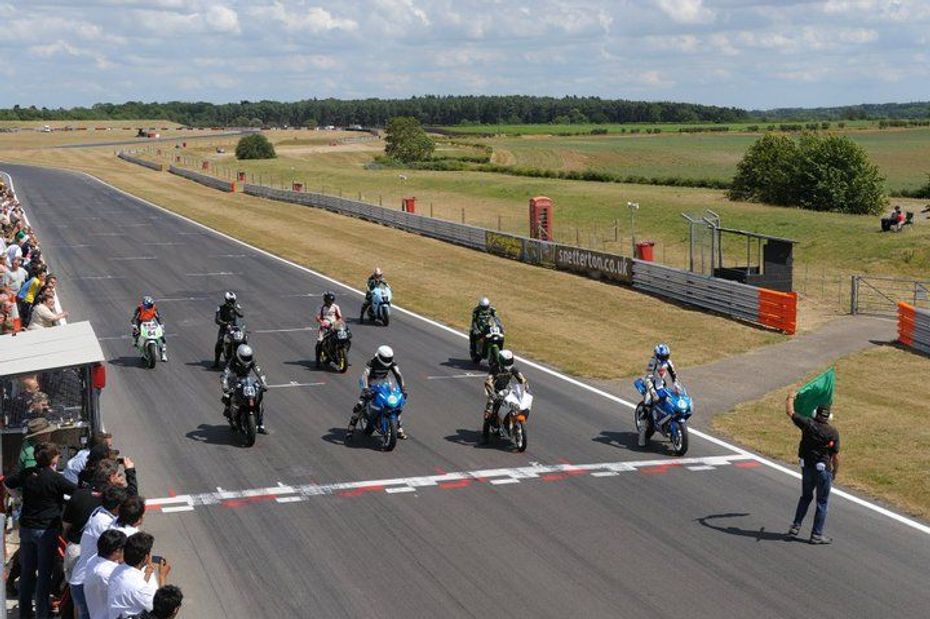
Kartik:
And when you went to the Isle of Man, did you know that you were going to make motorcycles as a product and sell it?
Kapil:
No, no. So I never wanted to make a motorcycle company or a startup because I’ve seen my father build his own company from the ground up. And it’s a lot of hard work, so I didn’t want to build a startup on my own. I just wanted to be part of that racing team doing their work perfectly. I was happy doing that for the first two-three years.
Kartik:
In 2016 when you finally came out with the T6X, a product. So what happened in between?
Kapil:
After 2009 I made a couple of motorcycles; I built the first motorcycle and then a faster one. Then I was racing on an European circuit with a complete pit crew. So I was an engineer, and I was very happy doing all that.
In 2013-14 after the economic crash, there weren’t many investors for racing electric vehicles. So I realised I have to come back to India. A lot of electric scooter startups started to come about then. I was excited because they were electric, but I was not so excited to buy them, or to work for them, because they were building a scooter. I have nothing against a scooter, but I am a motorcycle guy; so I said we want to build a motorcycle for us. There would be a million people in the country that would be like me, right? I said, “Let's take the plunge, let’s build a motorcycle for India.” We had enough knowledge to build that.
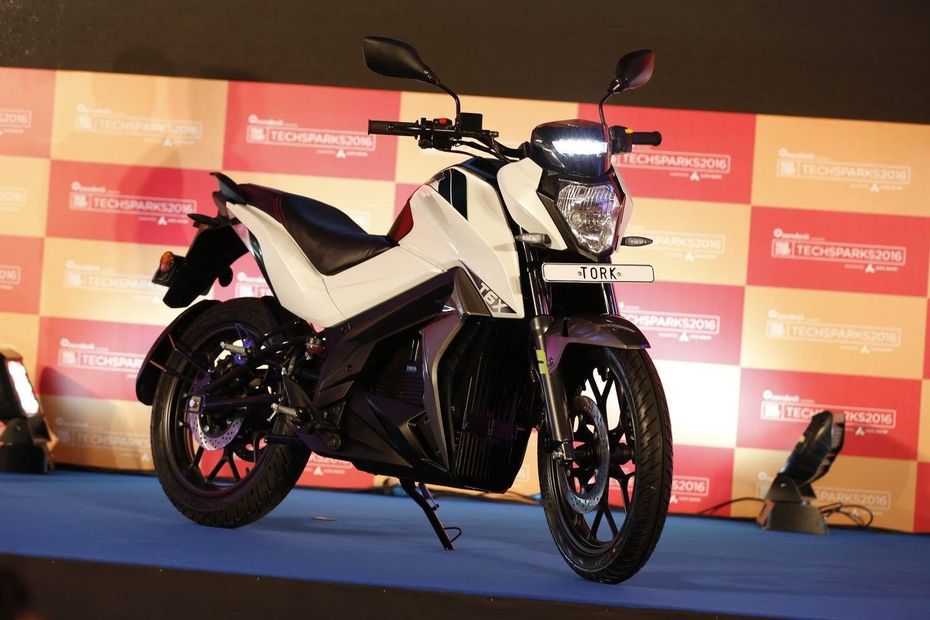
Kartik:
In 2016 you were taking interest amounts for the T6X then. You were leading the electric wave, so to speak. From there to 2022 - What happened?
Kapil:
When we started the bookings, or non paid bookings, in 2016, we just wanted to gauge interest. Because in my head, there was still a question that everybody's building a scooter, I'm building a motorcycle, will people buy it?
It was a prototype unveil, but the prototype was close to a production version. People misunderstood that; they saw it as a vehicle that was ready for delivery. I think that that is the miscommunication that we had then. We were overwhelmed with the response; and then we said, “Oh, now we actually have to build it.” Then we only had the motor and the battery pack. We only had two or three prototypes.
Kartik: Must have been a lot to do then?
Kapil:
First, I think what we wanted to do was we wanted to build everything in-house. I don't know why. But at that particular point, there was no motor manufacturer, and we were rigid in terms of what we wanted. The benchmark in our head was, we wanted to build a motorcycle that did 100 kilometres per hour, 100 kilometres of true range, or ‘real world range’; and should be close to Rs 1.25-1.50 Lakh.
The first two are very simple, the latter part is very difficult. To achieve the price point, you have to make everything at scale, which is an enormous scale. Or you have to make everything in India because you don't want to pay import duties or other charges. For us IP (intellectual property) was very important, so we said “Let's build in India.”
We underestimated the effort that went into making the T6X production worthy. Our own internal benchmarks were very high. We didn't have a lot of capital to spend, so the only thing that we could spend then was time. But, we couldn't negotiate with ourselves that we were not going to do a good job. I think that was the problem.
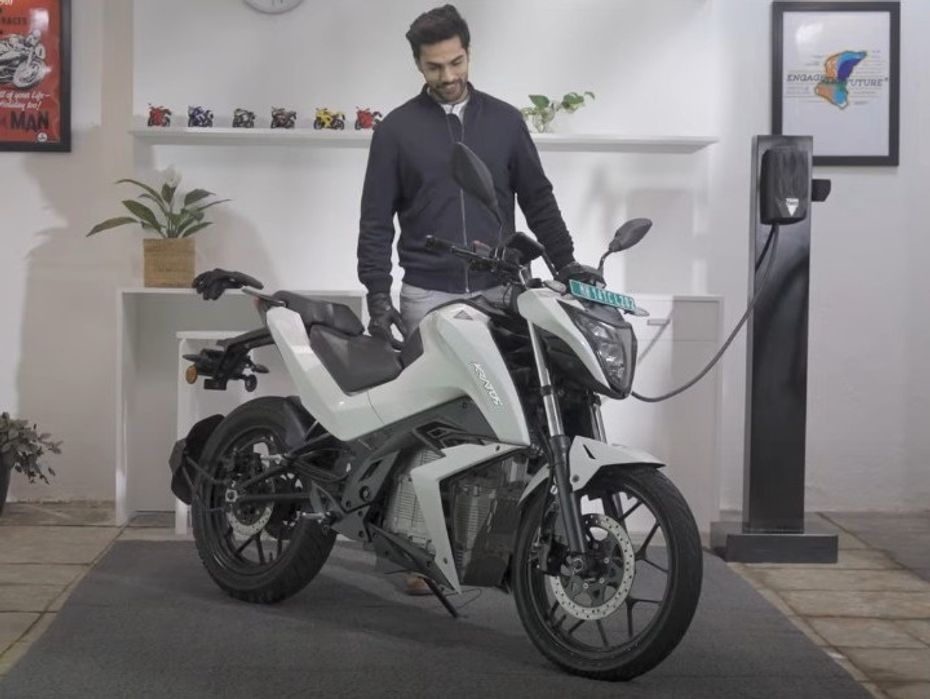
Kartik:
Would you categorise it as a 125 or a 150 -- what would it be benchmarked against in that sense?
Kapil:
It should be closer to a 150cc (petrol-powered bike).
Kartik:
So you with all your DNA of racing, which is built is really like I think we hardcoded kind of do when you think about Tork -- Why not an out-and-out sports bike?
Kapil:
That's a business decision, because, when you want to build technology, you don't want that technology to be built for the only few who can afford it. You always want the technology to be built for the masses. For Tork, it’s very easy to build a motorcycle that does 300 kilometres per hour. I just buy the most expensive things in the world and assemble them. But, can I give it to a million people in India? That's the problem.
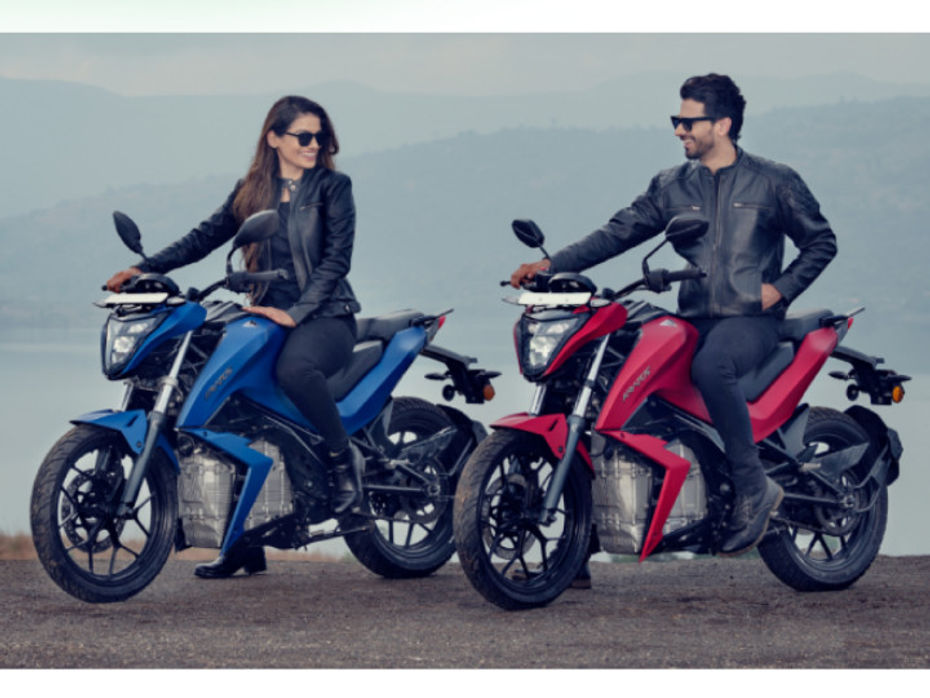
Kartik:
How has the Tork motorcycle changed from 2016 to 2022? How has the concept of the T6X evolved to what the Kratos is today?
Kapil:
We spent time on the motors, battery pack, cooling, and testing. Our motors must have done a million kilometres by now on various formats, motorcycle, scooter, or three-wheeler. Same comes to the battery pack, the frame, and the suspension. So I think what we unveiled way back in 2016 was a prototype, now what you see is a very mature electric motorcycle.
We've updated the motorcycle every six months. So, the motor has improved. The battery pack has increased in size and the (older) cells have gone away. In 2016 we were using smaller format cells (18650), but now we’re using 21700 cells. The battery pack’s kilowatt hour (capacity) was 3.6 and now it has become 4kWh.
Then the frame earlier was a single-piece frame and then we split it for ease of manufacturing and also ease of development. Then the design was completely changed. So what you see in T6X versus the Kratos is that the headlight and taillight has changed. Then in the last one year we realised, “Oh, we can actually go faster, so why not build the Kratos R?”
Kartik:
So Kratos versus Kratos R -- what are the hardware differences between the two?
Kapil:
So there are two motors that we’ve built for our applications. So we were always building the T6X, and then we upgraded -- we internally also called it T7X. We realised we can change some parameters of the motor and make it a little faster, but to do so we had to make some physical changes to it. So that decision was taken six months ago to let them be physically different. There's a sprocket ratio difference, there is a motor difference, there is a complete drive train that is different.
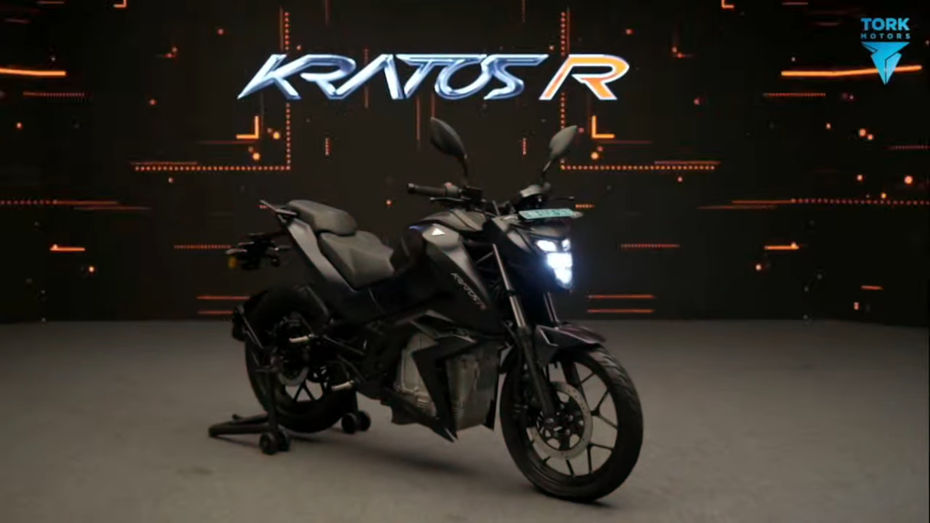
Kartik:
Looking at the pricing, I think the Kratos R seems like an almost no brainer. Because with fast charging as part of the R’s package, that's significant…
Kapil:
So the battery pack -- you won’t physically see those changes, but in terms of the material that we want to use, there is a difference to make it capable of fast charging. That’s an added cost. There is a lot of warranty that will come up with fast charging, or to provide warranties for a certain period of time. So those parameters are taken into consideration.
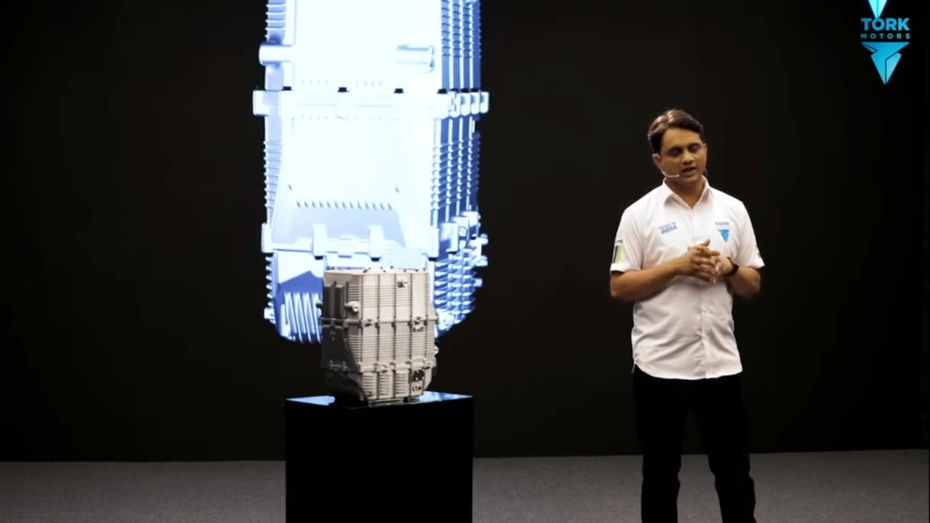
Kartik:
What is your comfort level in terms of reliability of these packages? For people choosing an EV, there's this ‘what if’ scenario.” So how far do you think you've pushed your package right now?
Kapil:
I think we still can push, we still will always keep (testing); for automotive space, It's a never ending process. But currently I think we are confident enough that it will survive what we do on Indian roads. We have tested the motors for a million kilometres. So I have a little more faith, or confidence, in the motors. I also have confidence in the battery pack.
Kartik:
So in terms of numbers, what do you see yourself doing in 2022? What's the bigger ambition?
Kapil:
We’re building a micro factory. It’s one factory that we're building for phase one; if required, we might build another two factories to ramp up. First factory will come in Chakan, which will produce about 40,000 units a year. So I think if I can give that sort of a stable, reliable, bombproof product to the country, the ambition is to sell a million motorcycles a year.
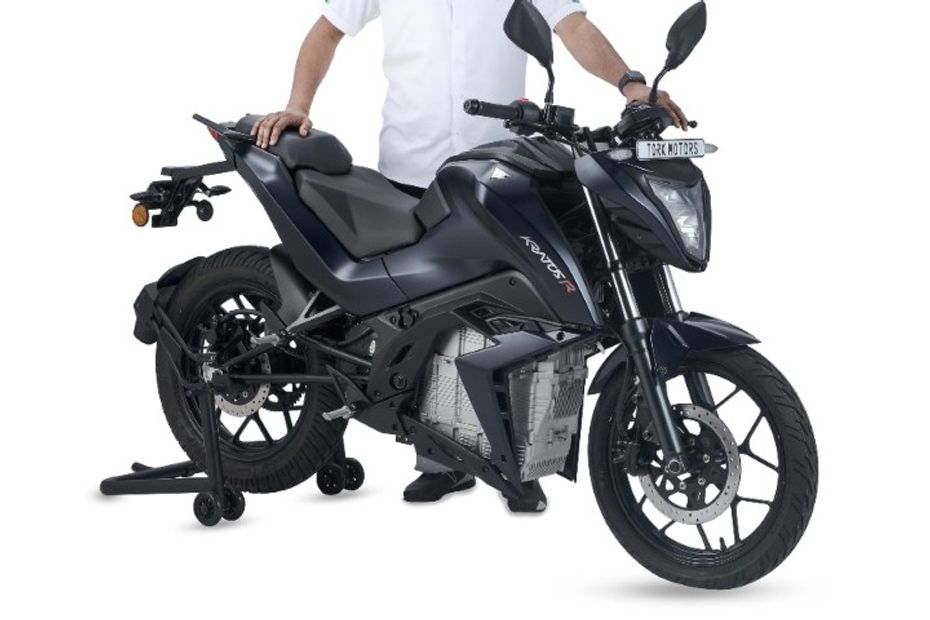
Kartik:
Talking about bombproof - a lot of people have this question about safety and concern, you know, what happens in case of a crash? Is this something that you've explored? Have you done any tests on that front?
Kapil:
What you see in the T6X in the old photographs, (to the Kratos) there’s a lot of change in the battery pack. It's become a little more compact, and a little sturdier. There is a certain level of safety in terms of how you build a battery pack, not just packaging. As you rightly said, what happens if you crash? So that all those parameters are taken into consideration and the battery box is built. So it's not like a steel casing or sheet of metal that is doing that. We’ve completely designed the battery box. So all the major components are in that IP 67 casing - like the battery pack, the BMS, the controllers and contactors.
Kartik:
What about battery swap? Do you have thoughts on battery swap?
Kapil:
Tork has worked on battery swap with some other OEM, and we know how it works for a three wheeler. I think in the motorcycle segment, fast charging long range electric vehicles actually make a lot of sense.
But in the scooter segment, I think battery swap will work because it's a very small point-A to point-B commute that you're doing. If it does a certain number of kilometres or Kmph and does that well, I think that's enough for that scooter. So in my head, I think battery swap works well for scooters and three wheelers because their downtime matters a lot. When it comes to long range electric vehicles like a Tesla, I think that it doesn't work. So motorcycles in India will fall into that category.

Kartik:
So do you think you'll go back to the Isle of Man now?
Kapil:
I have to, because that's where we started. So that's Mecca now for us. But I don't think this is the right time. I think there are people waiting for the Kratos. Let's deliver those and with all the best wishes from those people, I think we should go to the Isle Of Man.

Tork Kratos R First Ride Review: The Desi e-Motorcycle

EV Simplified: Advantages Of EVs

EV Simplified: Five Drawbacks To Keep In Mind Before Buying An EV

Tork Kratos R Now Rs 37,500 More Affordable

EXCLUSIVE: This Is Tork’s Upcoming Electric Scooter

The Tork Kratos R Now Gets More Range With The New Eco+ Mode

Here’s How The Tork Kratos Is Created

“Customers Are Not Happy With The Price Increase” - Tork...
 Revolt RV400
Revolt RV400
 Oben Rorr
Oben Rorr
 Ola Roadster
Ola Roadster
 ABZO VS01
ABZO VS01
 One Electric Motorcycles Kridn
One Electric Motorcycles Kridn
India's largest automotive community
 Mahindra BE 6
Rs. 18.90 Lakh
Mahindra BE 6
Rs. 18.90 Lakh
 Mahindra XEV 9e
Rs. 21.90 Lakh
Mahindra XEV 9e
Rs. 21.90 Lakh
 Tata Curvv EV
Rs. 17.49 Lakh
Tata Curvv EV
Rs. 17.49 Lakh
 MG Windsor EV
Rs. 13.49 Lakh
MG Windsor EV
Rs. 13.49 Lakh
 Kia EV6
Rs. 60.96 Lakh
Kia EV6
Rs. 60.96 Lakh